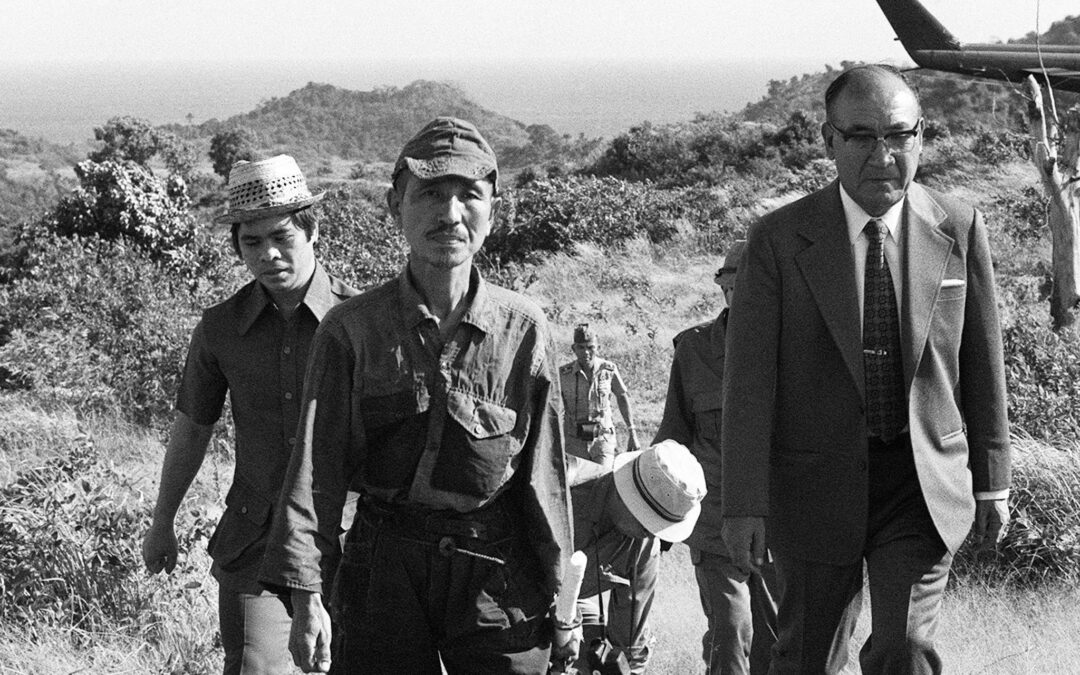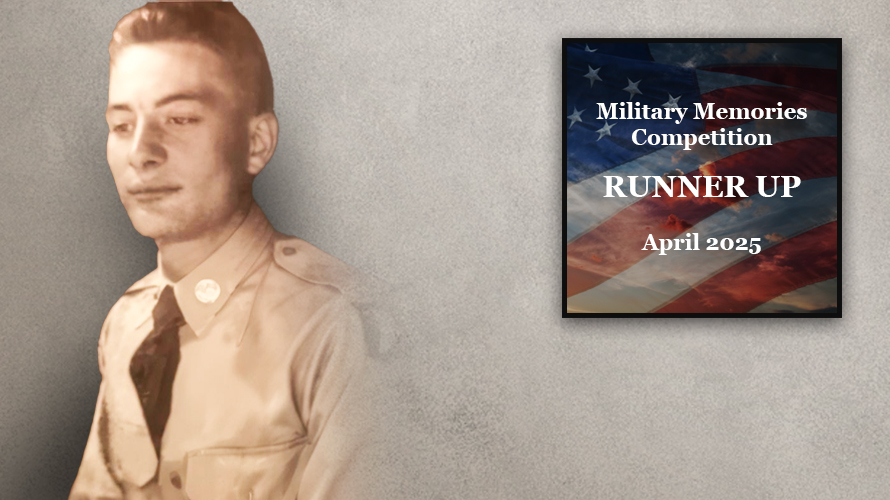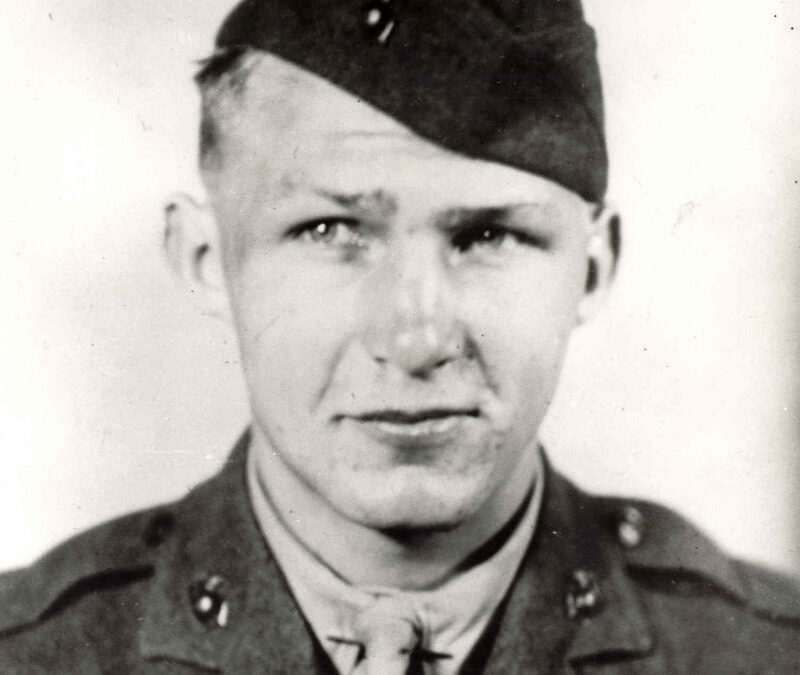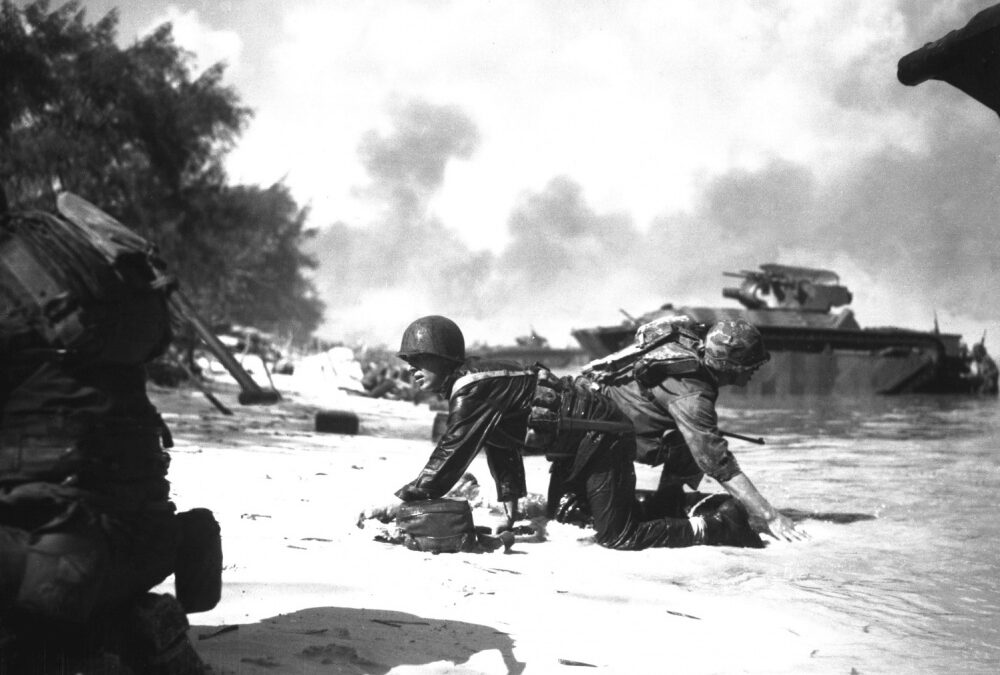By the summer of 1945, the Japanese navy and air force were destroyed. Its army had been decimated. The Allied naval blockade of Japan and intensive bombing of Japanese cities had left the country and its economy devastated, it's people suffering. The Aftermath of WWII and Hiroo Onoda’s Mission After the Hiroshima atomic bomb attack, factions of Japan's supreme war council favored unconditional surrender but the majority resisted. When the second atomic bomb was dropped on Nagasaki, the...



